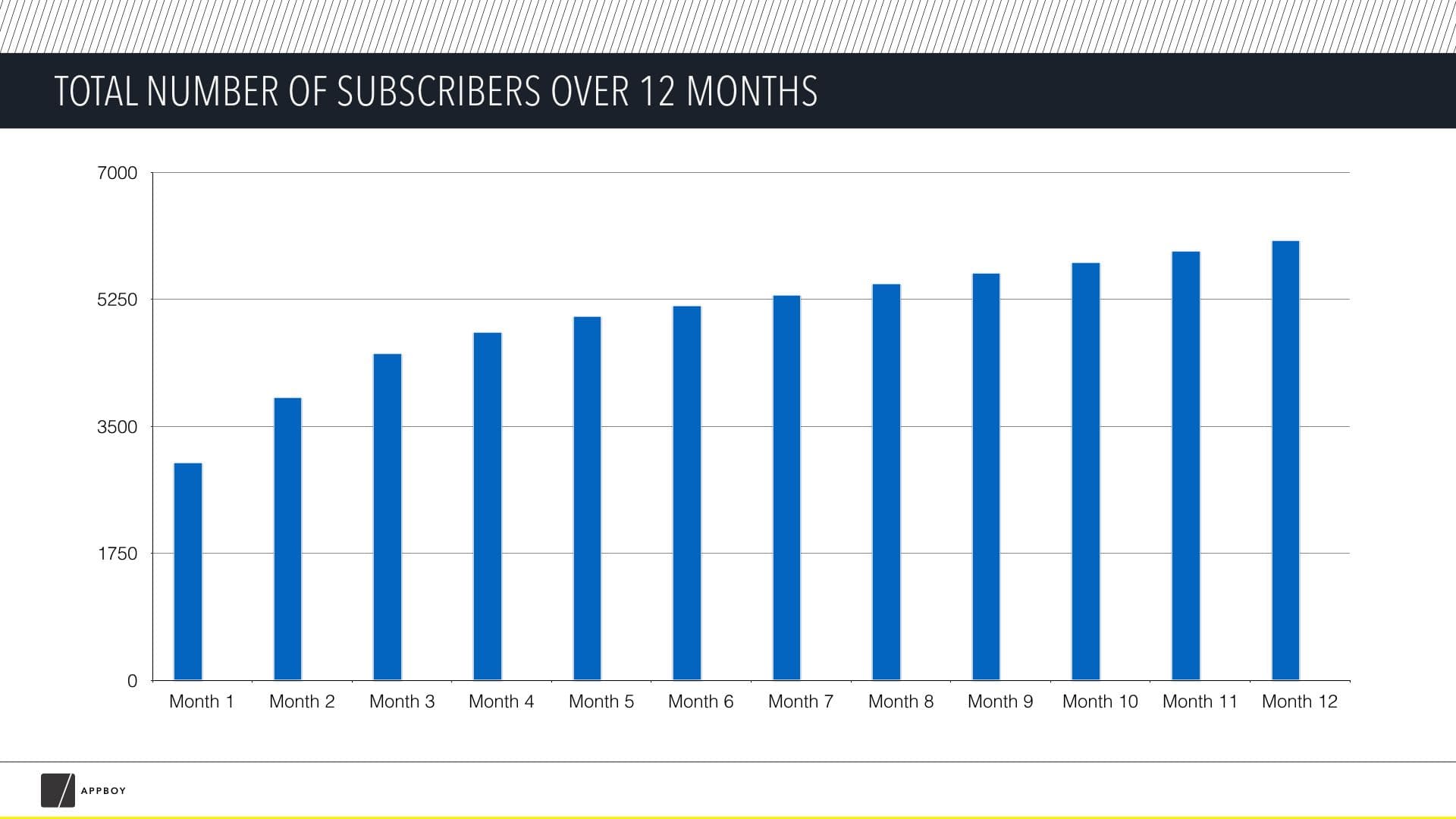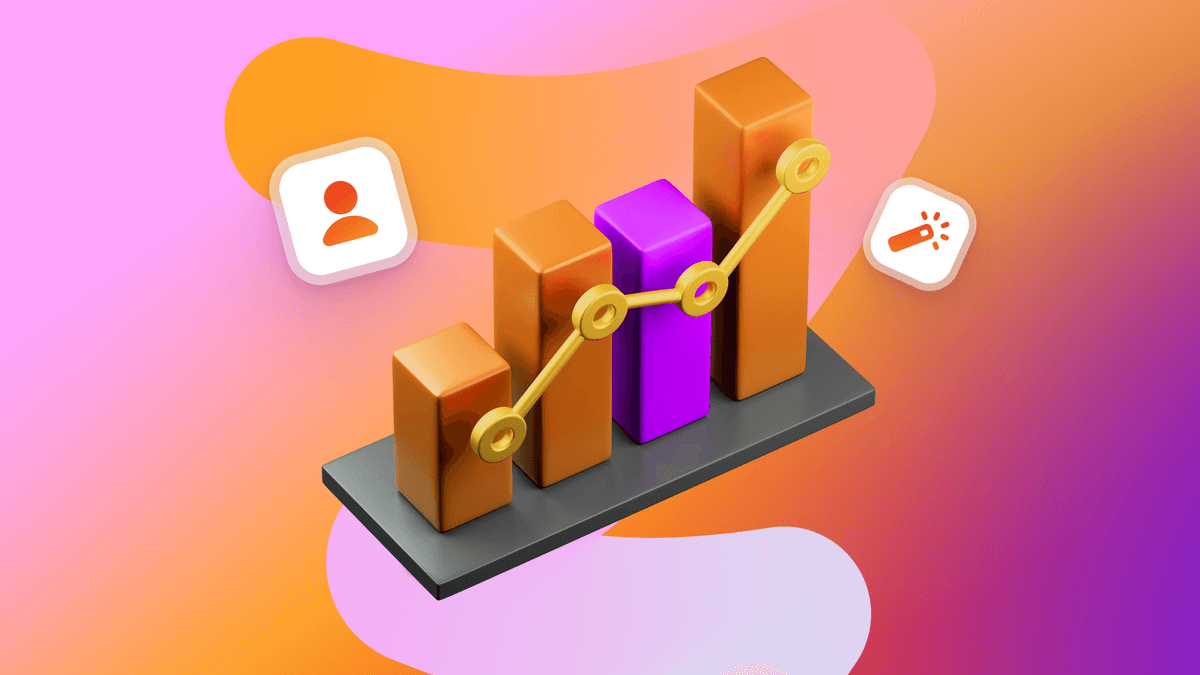Subscriptions Apps: What’s Changing and How To Make the Most of It
Published on July 12, 2016/Last edited on July 12, 2016/7 min read


Team Braze
Over the last couple of years it has been hard to read a business publication without coming across headlines mentioning the new “subscription economy.” As services like Zipcar, Netflix, and Amazon Prime have taken off, disrupting old business models while driving innovation forward, Forbes, Fortune, Fast Company, and Inc. all have written about the shift from charging a one-time fee for products to charging a recurring fee for services. Take H. Bloom, a flower-delivery-based subscription service that realized it could make a lot more than the average florist ($29 per sale) for recurring customers like businesses (its typical take is $4,000 per sale).
And now, Apple and Google have announced changes to selling subscription apps on the App and Google Play Stores.
What’s changing with app subscriptions
Ahead of Apple’s 2016 Worldwide Developer Conference, the technology giant announced a few key updates that caused some in the industry to declare an “end” of the old app era in favor of subscription-based businesses. Later the same day, news broke that Google also planned to make a change in favor of those in the subscription business. Here’s the scoop:
Apple and App Store changes:
- All types of app categories will be able to offer auto-renewing subscriptions (starting in the fall, subject to App Store approval)
- Suggested types of apps include periodical publications, business apps, media, dating, dieting, and weather apps
- Auto-renewals will be manual: Customers will be prompted, at the time the subscription expires, to opt in to renewing to their subscription
- The revenue split will now be increased in developers’ favor, up from 70/30 within the first year of a subscription to 85/15 for customers that renew for a second year
- Companies will have a wider variety of prices to charge for subscriptions, will be able to charge different amounts based on region, and will be able to offer multiple subscription types and durations
Google and Google Play changes:
- According to industry sources, Google has plans (timing TBD) to increase how much money developers can make, but from the time of the app’s release, so you won’t have to retain customers for 12+ months to see an increase in revenue (though obviously there’s still plenty of financial incentive to keep customers that long)
- Google isn’t changing its subscription process—companies still have the option of offering automated or manual subscription renewals
What’s not changing
Clearly there’s a use case difference in the kinds of apps that this will make sense for: consider that paid apps, like Angry Birds (which sells for $.99), average less than $2 per download and subscription-based services often charge more than that for just one month of service, like Hulu, which charges upwards of $11.99 per month. The content and value being offered in a subscription app has to warrant the recurring price. “Subscription could be a refreshing replacement to the in-app purchase model (where too much product emphasis is placed on driving the in-app purchase, especially in gaming),” says Jeffrey Storey, director of mobile product at Slickdeals, “but it has to align with the product and work for the consumer in pricing.”
Companies with subscription-based business models stand to benefit from the ability to increase the average revenue per user (ARPU) by billing customers on a recurring basis. But for this to work over any period of time, companies will need to retain customers and provide enough value that users continue to renew subscriptions.
Why this makes app user retention even more critical
For one thing, keeping iOS users longer that 12 months is necessary to get the increased revenue from Apple. But maybe more importantly, since Apple will require customers to opt into the renewal, just how well you’re retaining customers will be tested at each and every subscription renewal period.
What does retaining—or not retaining—your customers look like with a subscription model?
So what can a company expect in terms of audience growth and retention with a subscription-based app?
Let’s take the case of a hypothetical subscription app with a hypothetical growth and retention rate, as outlined below, and walk through the variables.

Current trends put average app retention rates at 10% on day 30 following first use and 4% on day 90. In Appboy’s experience, paid apps have comparable retention and churn rates to free apps early on, but they perform higher in the long tail, retaining twice as many customers over time. Subscription apps using a monthly model are likely to follow this same pattern with bigger drop-offs at subscription renewal dates.
For this model, let’s say retention rate is the percent of users who come back to the app at some point in the month, demonstrating that app is creating value for them during the subscription time period. We’re also assuming a slower retention decay after month one as users figure out whether or not they find the app userful.
Here’s what that this app’s total user growth looks like:

Take a look at month two. You just added 3,000 subscribers, but since you only kept 30%, or 900, subscribers who signed up in month one, you now have 3,900.
Even though you’re gaining 3,000 new subscribers every month, they’re churning at a rate that means by months six through twelve, you’re only gaining a net 150 subscribers every month. Over the course of a year, you’ll have paid for (or worked for, anyway, if you’re including unpaid marketing channels) 36,000 subscribers. Yet you’ve only got 6,060.
Clearly, retaining customers is key.
The bottom line: Long-term retention
In its recent developer guidelines regarding the changes to subscriptions, Apple encourages app companies to think about retention marketing to help ensure subscription-based business models achieve desired revenue. We’ve reviewed their advice and added our own insights here:
- Use in-app and email marketing to message customers about renewing their subscriptions so you don’t end up with lapsed customers. You can use a multichannel approach to remind customers why they love, and want to continue paying for, your awesome app.
- Woo subscribers who do not auto-renew, reminding them of the value of having a subscription with a call to action to re-subscribe, with targeted communications via email or push notifications. Don’t forget about web push and in-browser messages, channels that can reach people who don’t currently have your app.
- Be sure you understand your target audience’s pricing expectations (and by region, if you’re going to vary the price) and balance the potential increase in revenue by raising the price against potentially losing subscribers to churn due to the price increase.
Remember to think about providing value to your customers over the long haul, with every single touchpoint and message. Just because Apple is prompting customers to opt into renewing to your subscription doesn’t mean that your audience members, whether they’re connecting with you via Android or Apple devices, aren’t the ones calling the shots. At any moment of the day, the customer is empowered to engage or disengage—such as unsubscribe from push notifications or uninstall your app—as they choose.
Here’s how to get users to engage and encourage them to stay engaged:
- Onboard your customers right from the start.
- Use multichannel marketing, personalization, and multivariate testing to your advantage.
- Using a multichannel strategy can boost retention by 130%.
- Personalizing messaging can increase conversions by nearly 28%.
- Optimizing message send times can increase conversions by 25%.
- Using multivariate testing to come up with winning campaign messaging can increase conversions more than 40%.
- Create or optimize your customer preference center.
- Use frequency capping to avoid over-messaging.
Develop a retention marketing game plan to prevent users from lapsing and to nurture inactive users to ensure your hard-earned customers stick around for the long haul.
Be Absolutely Engaging.™
Sign up for regular updates from Braze.
Related Content
View the Blog
How behavioral marketing turns data into personalized experiences

Team Braze

Are you AI-savvy enough to survive? A wake-up call for CMOs

Team Braze

What are contextual bandits? The AI behind smarter, real-time personalization
